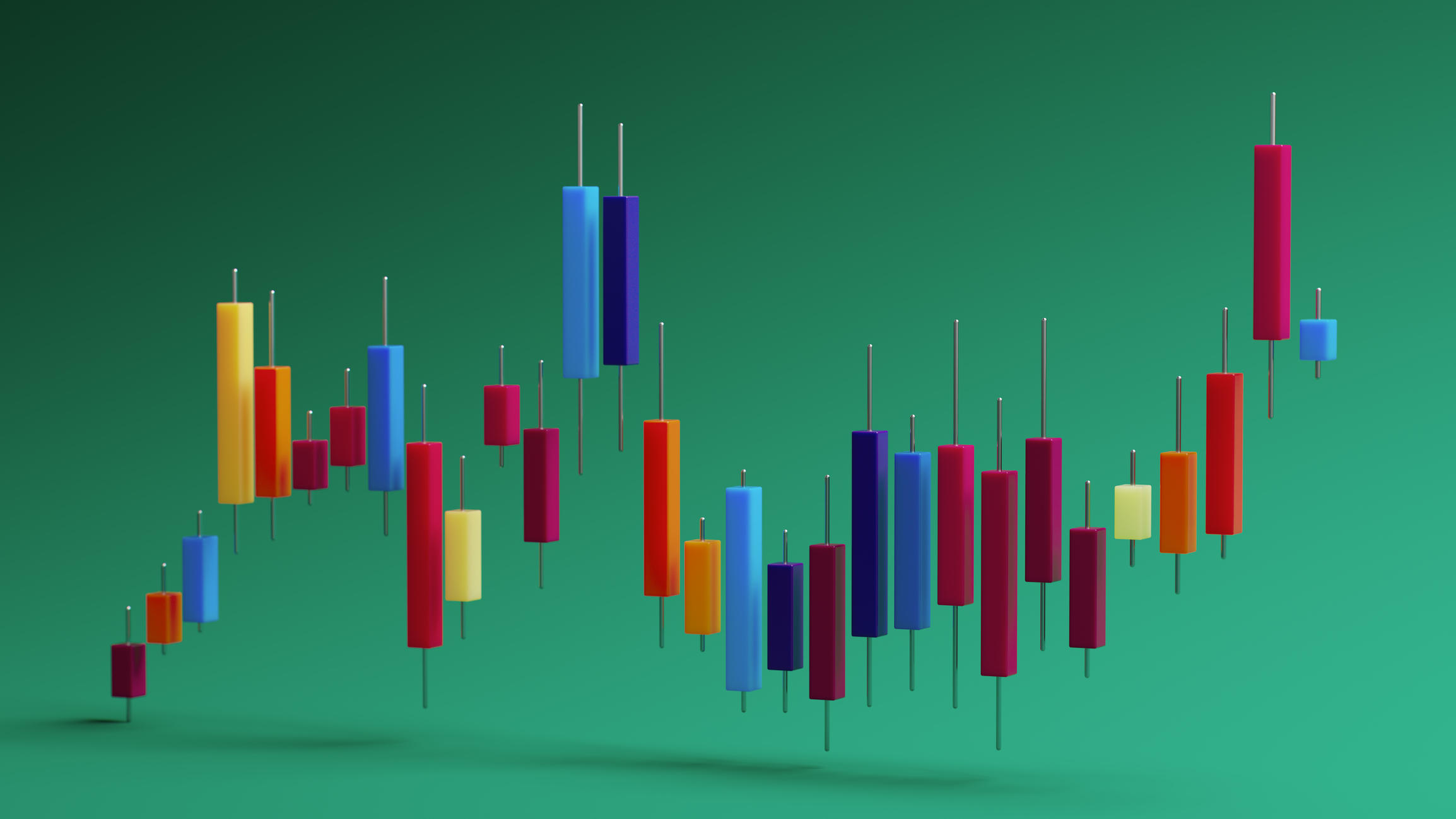All You Need to Know About Saving for Emergencies
Building an emergency fund may be your most important financial goal. Understand why you need it, how much you should save and where to invest the savings.

At the end of 2015, a Bankrate.com survey showed that only 37% of respondents would be able to pay for an unexpected expense with their savings. According to a CNBC article, that equates to about 66 million Americans with no emergency savings. These numbers are indeed very troubling!
Where do you stand in this equation? Are you part of the minority who have saved enough? If you are, well done! If you are part of majority, here are some things for you to consider.
What constitutes an emergency?
Let's look at some real-life examples of what could lead someone into an emergency financial situation.
From just $107.88 $24.99 for Kiplinger Personal Finance
Become a smarter, better informed investor. Subscribe from just $107.88 $24.99, plus get up to 4 Special Issues

Sign up for Kiplinger’s Free Newsletters
Profit and prosper with the best of expert advice on investing, taxes, retirement, personal finance and more - straight to your e-mail.
Profit and prosper with the best of expert advice - straight to your e-mail.
An unexpected car expense.
My son was in a car accident recently. It was a hit and run. He was not hurt (thank God), but his new car was damaged. Insurance could not pay him from the uninsured pool because there were no witnesses and no police report. The rental car he needed while his car was being repaired was partially covered—for $30 a day—but ultimately, he still had to pay about $500 out of pocket for it. He also had to cough up the $1,000 deductible. And none of this was his fault. Luckily, he did have emergency savings and could put the funds to good use.
Losing your job.
This is, in fact, the most cited reason for the rainy-day fund—for good reason. For many of us, our day-to-day job is our primary income source. Losing it would likely cut into our ability to pay the bills. We may need some time to find a new job. And we need reserves to feed us in the meantime.
A major medical expense.
This expense does not come with a notice, and you must be prepared all the time. You may be thinking, "Well, I am covered by health insurance. I do not need to worry." But what about deductibles? What about co-payments? These out-of-pocket expenses quickly add up and could put a significant dent into your savings if you are not ready!
A sudden death in the family.
This situation is already hard to manage emotionally. You cannot afford to make it harder for yourself by not being ready to cover the expenses caused by such event. Once again, I could relate this to a recent personal story: My mother passed away, and my wife and I had to travel 10,000 miles on a day's notice. We spent exorbitant prices for the flights. Also, we had to contribute significantly to the funeral costs. That was a lot of money, and I am glad I was prepared—financially speaking. I can tell you confidently that I could not have managed this well if I had not saved enough in my emergency fund!
How much should you save?
I am sure you've heard this before: The general rule of thumb for how much to save in your emergency fund is a minimum of three to six months' worth of living expenses. The thinking is you would need three to six months to recover if your income stops.
But how much you save is not a one-size-fits-all situation. Would following this rule be enough for you? Does it give you enough for a rainy day? If you want to be conservative and play it safer, there is nothing wrong with keeping a year's worth of expenses in liquid reserves.
Translating this into numbers, if your monthly living expenses are $2,000, you would need anywhere between $6,000 and $12,000 saved for emergencies. If you require more of a cushion to be comfortable, you could go up to $24,000 in readily available savings.
Where to save?
Your emergency fund is expected to be liquid and easily accessible to you when you need it. For this reason, many suggest checking or savings accounts or certificates of deposit as ideal investing vehicles for this purpose. However, there are two caveats with such an arrangement:
- Your returns could be low, generating negative returns if you consider inflation.
- Whatever yield you do get, you are expected to pay taxes on them.
So, what do you do? What are your other options? Here is a great one: if you are eligible, contribute to Roth IRA and consider the contributed amount as your emergency fund.
For example, say you contributed $5,500 each year for the last three years to your Roth IRA. Any withdrawals up to $16,500 would incur no taxes or penalties. It is important to note that the tax-free, penalty-free rule applies only to the contributions, not to the earnings generated from the investment.
The advantage of this arrangement is threefold:
- Roth contributions are available in emergencies.
- Roth investments could produce more than mediocre returns.
- The growth is not taxable as long as you follow the Roth rules.
So, what do you think? Do you have funds put away to cover for the unexpected? If not, now is the time to act. Good luck!
Vid Ponnapalli is the founder and president of Unique Financial Advisors. He provides customized financial planning and investment management solutions for young families with children and for professionals who are approaching retirement. He is a Certified Financial Planner™ with an M.S. in Personal Financial Planning.
Profit and prosper with the best of Kiplinger's advice on investing, taxes, retirement, personal finance and much more. Delivered daily. Enter your email in the box and click Sign Me Up.

-
 The Retirement Donor's Checklist: Key Deadlines by Gift Type
The Retirement Donor's Checklist: Key Deadlines by Gift TypeRetirees have some charitable contribution options that can help avoid spikes in income from RMDS and capital gains.
-
 Cooler Inflation Supports a Relief Rally: Stock Market Today
Cooler Inflation Supports a Relief Rally: Stock Market TodayInvestors, traders and speculators welcome much-better-than-hoped-for core CPI data on top of optimism-renewing AI earnings.
-
 Are T-Mobile's Prepaid Perks a Home Run or a Strikeout?
Are T-Mobile's Prepaid Perks a Home Run or a Strikeout?T-Mobile's prepaid lineup promises MLB.TV, T-Mobile Tuesdays and hotspot data. But do the perks make it worth switching?
-
 5 Smart Things to Do With Your Year-End Bonus, From a Financial Professional
5 Smart Things to Do With Your Year-End Bonus, From a Financial ProfessionalAfter you indulge your urge to splurge on a treat, consider doing adult things with the extra cash, like paying down debt, but also setting up a "fun fund."
-
 Hey, Retirees: Put Your Charitable Gifts in a Donor-Advised Fund (and Enjoy Your Tax Break)
Hey, Retirees: Put Your Charitable Gifts in a Donor-Advised Fund (and Enjoy Your Tax Break)A donor-advised fund is a simple (really!), tax-smart strategy that lets you contribute a large, tax-deductible gift now and then distribute grants over time.
-
 I'm a Financial Adviser: The Fed's Rate Cuts Could Have Impacts You Might Not Anticipate
I'm a Financial Adviser: The Fed's Rate Cuts Could Have Impacts You Might Not AnticipateUnderstanding how lower interest rates could impact your wallet can help you determine the right financial moves to make.
-
 I'm an Insurance Pro: Going Without Life Insurance Is Like Driving Without a Seat Belt Because You Don't Plan to Crash
I'm an Insurance Pro: Going Without Life Insurance Is Like Driving Without a Seat Belt Because You Don't Plan to CrashLife insurance is that boring-but-crucial thing you really need to get now so that your family doesn't have to launch a GoFundMe when you're gone.
-
 Meet the World's Unluckiest — Not to Mention Entitled — Porch Pirate
Meet the World's Unluckiest — Not to Mention Entitled — Porch PirateThis teen swiped a booby-trapped package that showered him with glitter, and then he hurt his wrist while fleeing. This is why no lawyer will represent him.
-
 Smart Business: How Community Engagement Can Help Fuel Growth
Smart Business: How Community Engagement Can Help Fuel GrowthAs a financial professional, you can strengthen your brand while making a difference in your community. See how these pros turned community spirit into growth.
-
 Waiting for Retirement to Give to Charity? Here Are 3 Reasons to Do It Now, From a Financial Planner
Waiting for Retirement to Give to Charity? Here Are 3 Reasons to Do It Now, From a Financial PlannerYou could wait until retirement, but making charitable giving part of your financial plan now could be far more beneficial for you and the causes you support.
-
 Are You Ghosting Your Finances? What to Do About Your Money Stress
Are You Ghosting Your Finances? What to Do About Your Money StressAvoidance can make things worse. You can change your habits by starting small, talking with a family member or friend and being consistent and persistent.